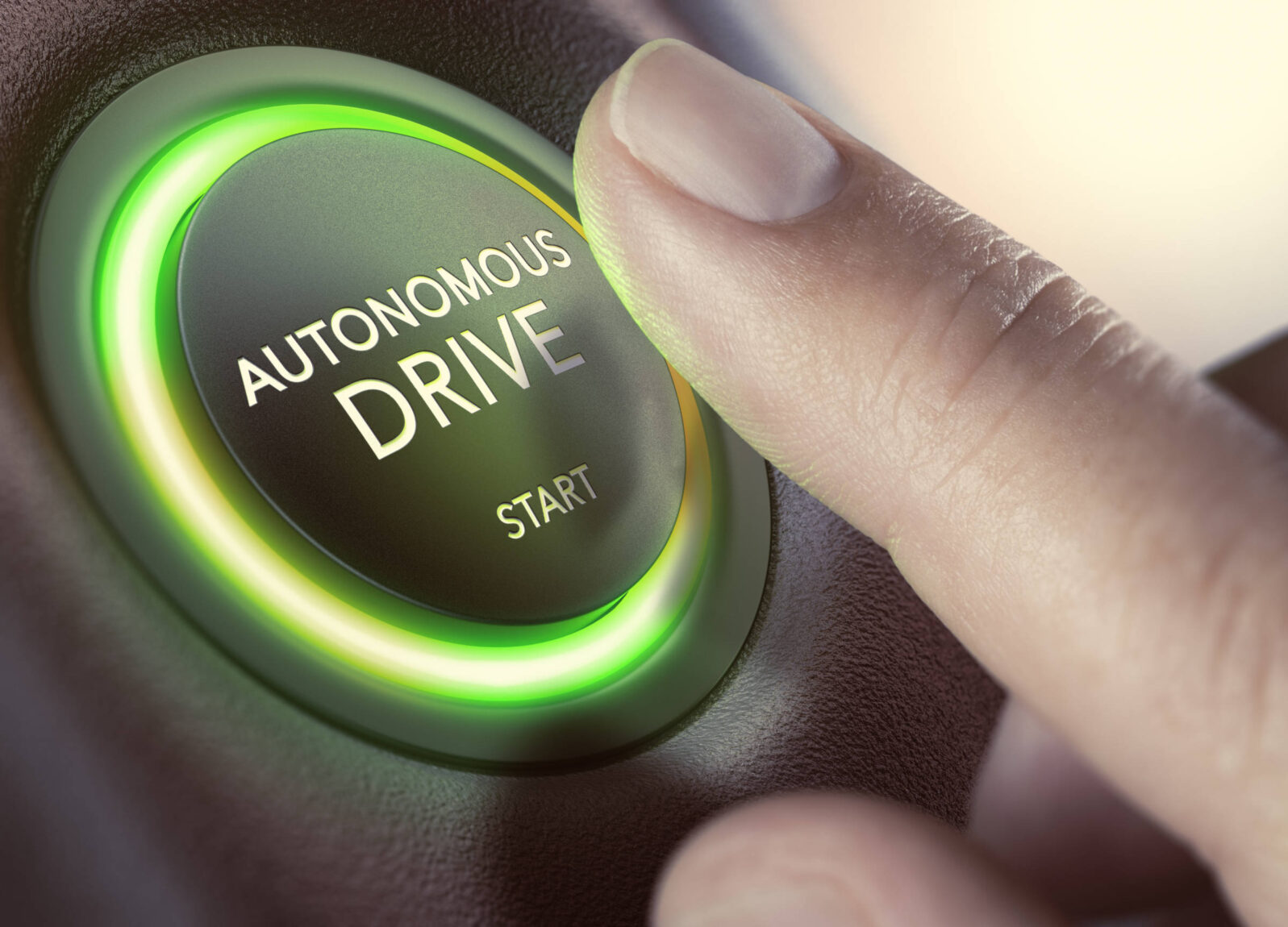Would Selling Self-Driving Cars Sooner Save Lives?
Not if we look more closely at the statisticsAll kinds of numbers get quoted as justification for free-wheeling support of self-driving cars. You’ve probably heard at least some of them:
“DoT researchers estimate that fully autonomous vehicles, also known as self-driving cars, could reduce traffic fatalities by up to 94 percent by eliminating those accidents that are due to human error… And globally there were 1.25 million traffic fatalities in 2013, according to the World Health Organization. So there are millions of lives that could be saved around the world every decade with fully autonomous cars.
Teena Maddox, “How autonomous vehicles could save over 350K lives in the US and millions worldwide” at ZDNet
Cars crash a lot: Nearly 37,500 Americans died on the roads last year. Autonomous cars would crash less (for one thing, they don’t drink or text or yell at their kids in the backseat).
Aaron Marshall, “To Save the Most Lives, Deploy (Imperfect) Self-Driving Cars ASAP” at Wired
By the end of this century, there’s good reason to believe that tens of millions of traffic fatalities will be prevented around the world. This is not merely theoretical.
Adrienne LaFrance, “Self-Driving Cars Could Save 300,000 Lives Per Decade in America” at The Atlantic
With so many lives to save, Andrea O’Sullivan argues, we need to build the necessary infrastructure now to get self-driving cars on the road:
By this point, driverless car technology has few skeptics. Videos of Tesla cars zipping around in full auto mode and Waymo’s public passenger pilot in Arizona quickly deflate the idea that the software powering driverless cars is not viable. But we’re not quite ready for a more autonomous transit system just yet. While some of our cars are quite smart indeed, much of our infrastructure is stuck in the Stone Age.
Andrea O’Sullivan, “How Can Our Dumb Infrastructure Accommodate Smart Cars?” at Reason.com
It’s enough to make you want to run out and buy a smart car today. But just a minute. There are other statistics out there. Let’s look at some of them.
The National Highway Traffic Safety Administration reported in October that traffic fatalities declined again in 2018, with the trend continuing into 2019. The fatality rate in 2018 was 1.13 deaths per 100 million miles. Every traffic fatality is a possibly preventable tragedy. But, far from spiraling out of control, fatalities are declining under the existing safety regimen.
Why are we so sure that “imperfect” self-driving cars will result in dramatic improvements? Consider that one of the best self-driving cars required human intervention every 11,017 miles. Drivers onboard intervene only when they believe the autonomous system is making a bad choice. Granted, not all of those choices would result in a fatality. But these under-discussed figures point to more caution going forward.
At least one key industry veteran agrees:
Even Waymo CEO John Krafcik recently conceded that driverless cars won’t be ubiquitous for decades, and even then won’t be able to handle all types of weather and other conditions. In other words, robot cars that can rival human drivers in all circumstances may never happen.’ “Autonomy always will have some constraints,” he said at a tech conference in November.”
Carolyn Said, “Self-Driving Cars See Less Human Intervention in California” at San Francisco Chronicle
In her article at Reason, Andrea O’Sullivan goes on to suggest improvements to traffic lights, utility poles, and wireless networks, along with the addition of cameras and sensors. The cost of the recommended changes, conservatively, must measure in the multiple billions.
For example, a survey she references projects that 250,000 traffic signals should be viable by 2040. Working with figures given by the Washington Department of Transportation, updating those traffic signals would run into more than $62 billion—more than 13 times the annual transportation budget for the Seattle metro area. And that’s just the traffic lights.
Self-driving car devotees are pursuing a vision for technology at all costs and using assumed but not demonstrated benefits as a justification. These self-proclaimed rational and scientific thinkers seem to have a religious devotion to technology; they are not using reason to solve problems.
By all means, let’s save lives. But let’s spend those billions on measures known to reduce fatalities (such as improved public transportation) rather than invest with blind faith in self-driving cars that are not really ready yet.
Now that would be the truly rational choice.
If you enjoyed this piece, you may want to look at some of Brendan Dixon’s other stories on self-driving cars:
Will industry pressure loosen self-driving car tests? Right now, the regulatory agency is under pressure to accept the industry’s “softball” testing suggestions
Are self-driving cars really safer? A former Uber executive says no. Before we throw away the Driver’s Handbook… Current claims that self-driving cars are safer are hype, not measurement. Meanwhile, Congress is expected to push for legislation next month to pave the way for widespread use of self-driving vehicles without a consensus on safety standards.
Does a Western bias affect self-driving cars? How a driver is expected to act varies by culture. Self-driving cars (autonomous vehicles) will need to adapt to different rules and we will, very likely, need to change those rules to make the vehicles work.
Should Tesla’s Autopilot feature be illegal? A recent study from the United Kingdom on driver competence suggests that maybe it should.
and
Autopilot is not just another word for “asleep at the wheel” As a recent fatal accident in Florida shows, even sober, attentive drivers often put too much trust into Tesla’s Autopilot system, with disastrous results.
